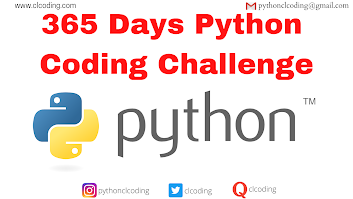def is_prime(number):
# Check if the number is less than 2
if number < 2:
return False
# Check for factors from 2 to the square root of the number
for i in range(2, int(number**0.5) + 1):
if number % i == 0:
# If a factor is found, the number is not prime
return False
# If no factors are found, the number is prime
return True
# Example usage
num = int(input("Enter a number: "))
if is_prime(num):
print(f"{num} is a prime number.")
else:
print(f"{num} is not a prime number.")











.png)






.png)
























0 Comments:
Post a Comment